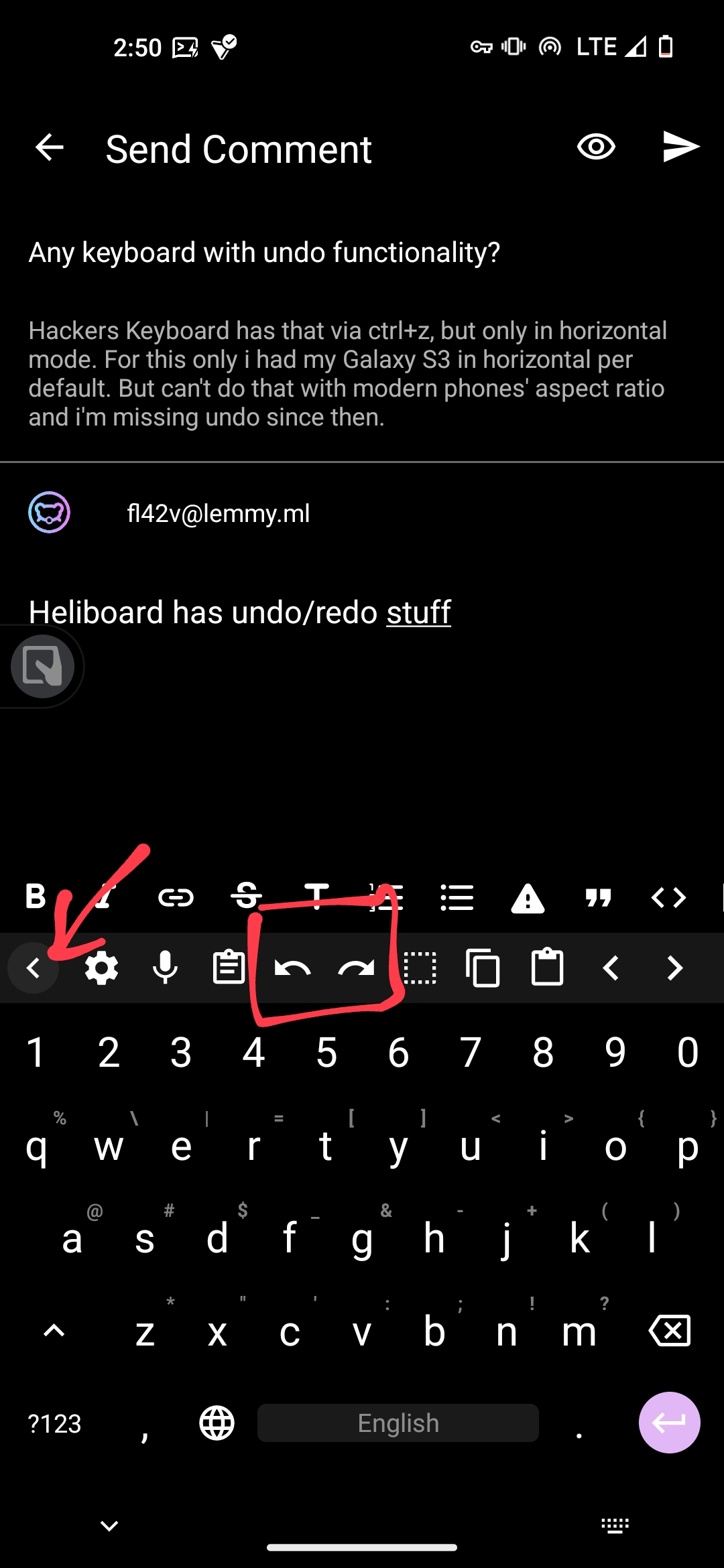Soo, what "own problems" does mull have? I mean, pretty much fennec with some tor patches
fl42v
Would you prefer AAOSfI2PN?
Idk, depends on whether it's in sudoers
I think, it's more simple: dude is literally the head of xcom, and his only major competitor is an obvious reptilian.
Somewhat disagreed: the lack (or lousiness) of physical security doesn't somehow magically make self-hosting work worse. Given I live in the middle of nowhere in an average house for the area, I can pretty much live the doors unlocked when I go out. Alternatively, if I live in some fancy neighborhood in a fancy house, I likely need some security system.
As for self-hosting, it's more convenient in the long term, I think. "We change our terms of service, and now require the soul of your firstborn" -- idgaf; "unavailable due to legal reasons" (tnx, tailscale, much appreciated you giving 0 notice, not that I'm salty about it or anything) -- idgaf; internet outage -- idgaf; and so on. Well, you may need to invest into duplicating critical infrastructure like password managers or the VPN host, but that's a relatively small price to pay, IMO.
And for loosing the contact, a couple of those I care about agreed to move the communication to matrix... So, it feels like friends who don't consider talking to you on platforms other than snoopbook despite them requiring little to no PII (signal is a bit of an exception here, but that have a relatively good track record) aren't too much interested in talking to you as a whole. And, well, should you be interested in talking to them in return? Although, I'm admittedly quite comfortable alone, and more extraverted (or less schizoid) folks may still feel uncomfortable with that course of action.
Meanwhile the alarm clock

It's all fun and games until some manjaro user starts asking about manjaro-specific f-ups in an arch chat and telling users there that apparently it's the same when told such f-ups are discussed in a chat next-door
The sources are released under a source-available license, you are legally prohibited from reading them
Soo, I've been daily-driving Linux for 6 / 7 yrs, and occasionally using it since 2013... How much time do I have before I have to choose? Although, given my lack of self-organization, I probably should've already chosen but missed the message notifying me of an upcoming / missed deadline

Yap, should work fine. Just make sure to not skip reading the flash(es) 2-3 times followed by comparing the hashes of the dumps. If pico-serprog doesn't work, you can try pico-dirtyjtag (slow AF but gets the job done) or (in case your thinkpad is xx30) maybe 1vyrain